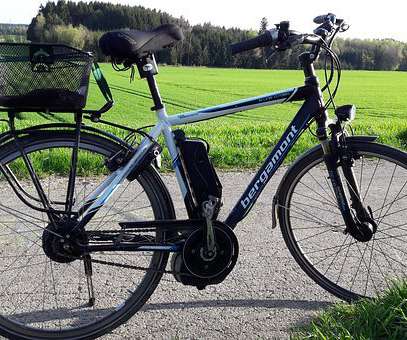The Business of Plugging In: Building the Full Ecosystem for a Successful Plug-in Vehicle Industry in the US
Green Car Congress
OCTOBER 23, 2009
Infrastructure, recharging and business models. An electric vehicle charging at 110V takes about 6-7 hours; moving up to 220V brings charge times down to 2 and 3 hours, Darbee said. The next step will be the ability to communicate with individual cars—that could address the 3 cars on the same neighborhood circuit issue.











Let's personalize your content